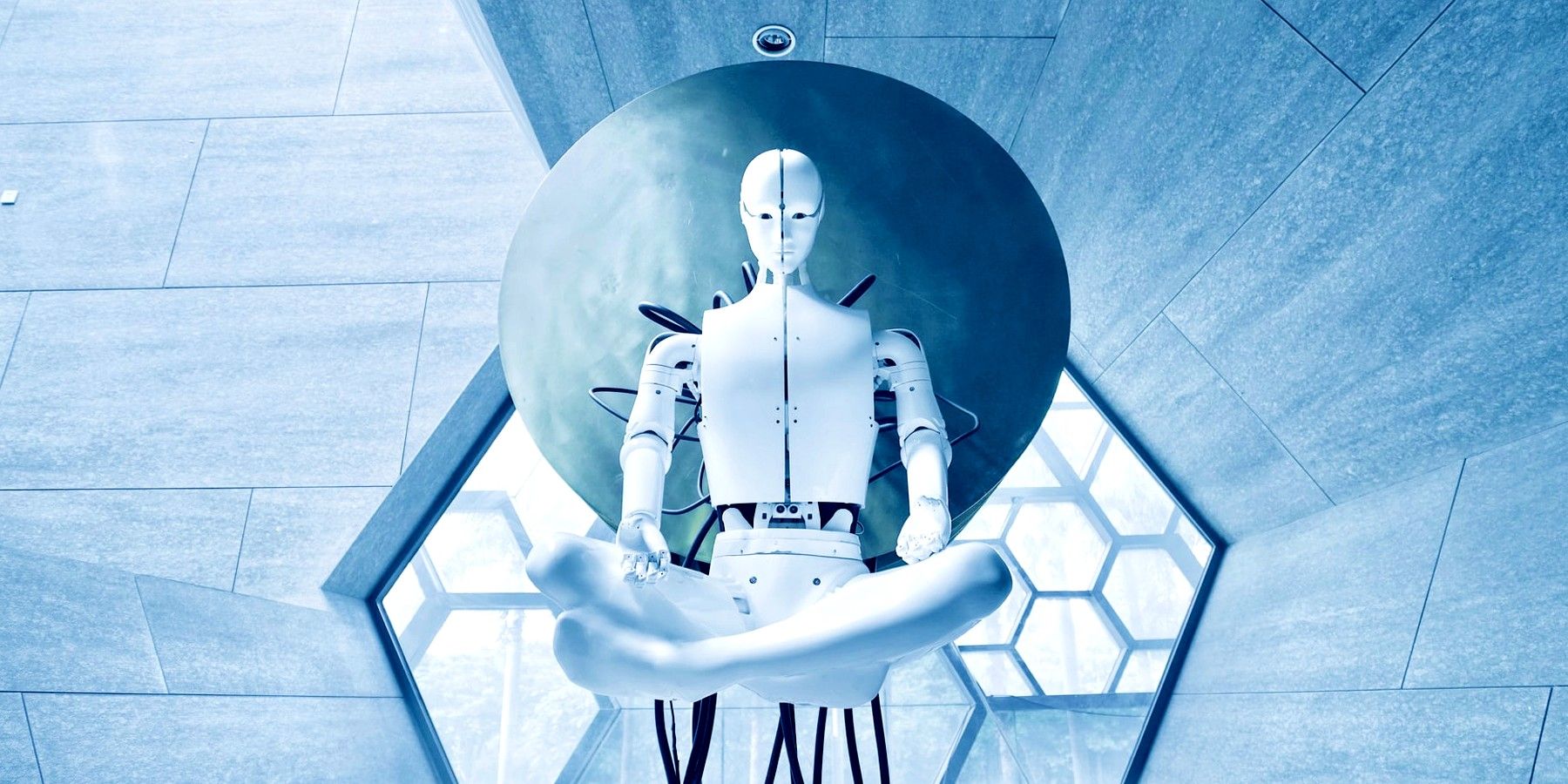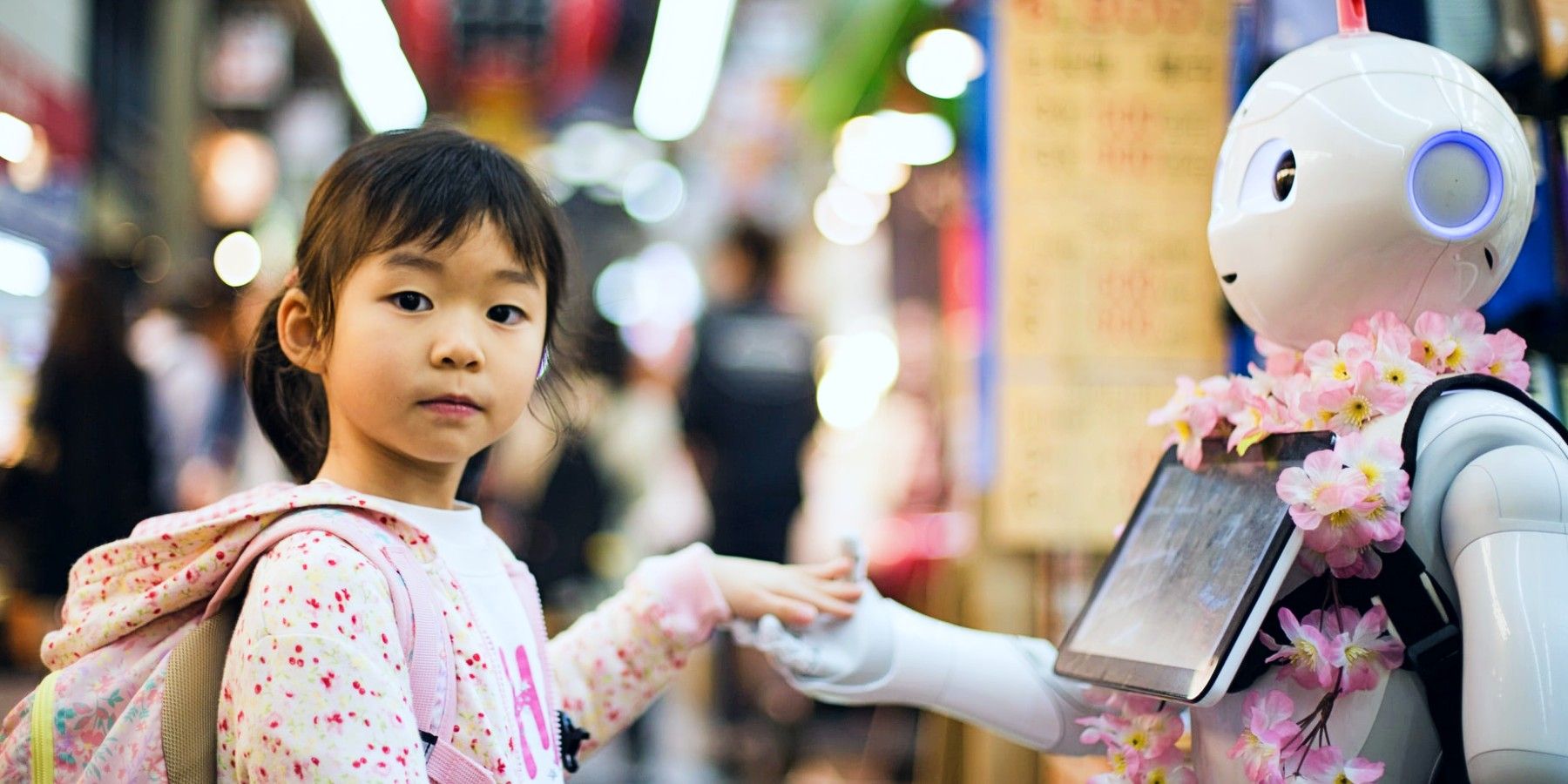MIT scientists say that "for the first time ever” they have taught robots social skills. Robotic advancement is on the rise and automation continues to spread in all sectors from health to shipping, and everything in between. Companies like Tesla are working to create the first social robots which are capable of interacting more realistically with humans.
Despite the many advances made in robotics, AI, and machine learning, even the most complex of robots can not go beyond their programming and perform basic social interactions. Social skills in humans are tricky to code into a robot. Robots may be breaking through in industries, even creating original art and speaking to us, but artificial intelligence is far from being human intelligence.
MIT scientists wanting to crack the final barrier of making robots more humans, developed and tested robots interacting in social scenarios. The main two social skills the team coded into their robots were “help or hinder.” In their experiment, they gave two robots different physical goals -moving an object to a certain location, and simultaneously gave them a social command to either help or sabotage the other. Robots received rewards for achieving their goals. The results show that AI-powered robots can navigate basic social interactions, avoid sabotage, recognize help when needed, collaborate, or in some cases hinder.
Challenges And Uses Of Coding Human Social Skills
“There is a need for robots to reason the basic social interactions such as helping or hindering as they perform joint actions together,” the MIT team said. Scientists explained that human interaction and social skills have been overlooked in robotics. Social reasoning is uncharted waters for AI, and robotics because issues like empathy or consciousness are difficult to explain, let alone code.
The study was funded by the US Air Force and DARPA, the Defense Advanced Research Projects Agency. MIT researchers said their work will help robots help people. “Robots will live in our world soon enough, and they really need to learn how to communicate with us on human terms. They need to understand when it is time for them to help and when it is time for them to see what they can do to prevent something from happening,” Boris Katz, lead MIT researcher and member of the Center for Brains, Minds, and Machines CBMM told We Forum.
The study tested different classifications of robots where Level 0 is a robot that can only take physical actions and doesn’t recognize others’ social goals, Level 1 has physical and social goals but doesn’t recognize others and Level 2 has both goals and can recognize others. Scientists recorded the robots’ actions and then showed hundreds of videos to people to test if humans could recognize what the robots were doing, which in fact they did. “This is very early work and we are barely scratching the surface, but I feel like this is the first very serious attempt for understanding what it means for humans and machines to interact socially,” Katz said
Source: MIT Paper Social MDPs, We Forum


